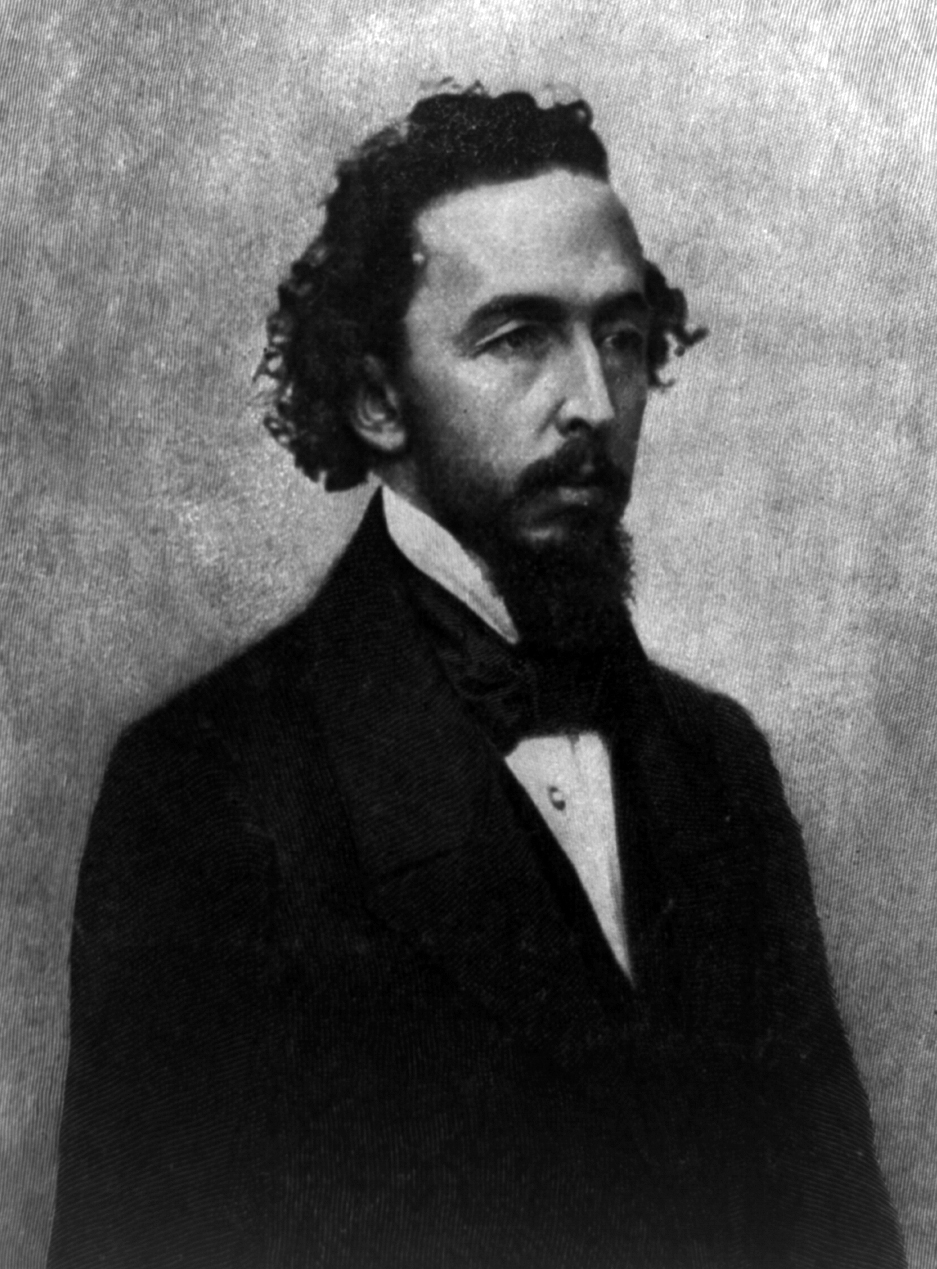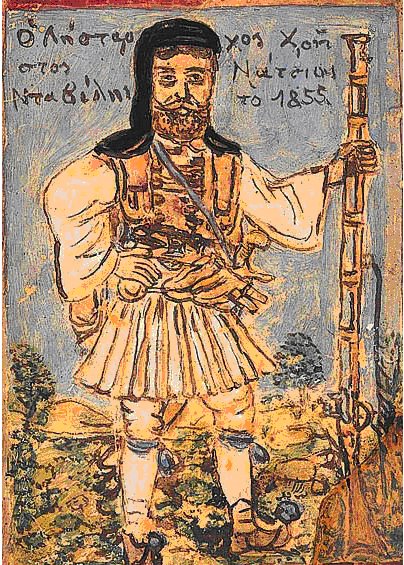Originally posted by tchaiku
View Post
"The plain of Messenia, over which we rode, after leaving Kalamata, is the richest part of the Morea. Although its groves of orange and olive, fig and mulberry, were entirely destroyed during the Egyptian occupation, new and more vigorous shoots have sprung up from the old stumps, and the desolated country is a garden again, apparently as fair and fruitful as when it excited the covetousness of the Spartan thieves. Sloping to the Gulf on the south, and protected from the winds on all other sides by lofty mountains, it enjoys an almost Egyptian warmth of climate. Here it was already summer, while at Sparta, on the other side of Taygetus, spring had but just arrived, and the central plain of Arcadia was still bleak and gray as in winter.
As it was market day, we met hundreds of the country people going to Kalamata with laden asses. Nine-tenths of them, at least, had Turkish faces. The Greek type suddenly ceases on leaving Maina, and I did not find it again, except in a few scattering instances, daring the remainder of our travels in the Peloponnesus. And yet some travellers declare that the bulk of the population of Modern Greece belong to the ancient stock! On the contrary, I should consider 200,000, or one-fifth of the entire number, a very high estimate."
Here's a picture of the author:






Comment